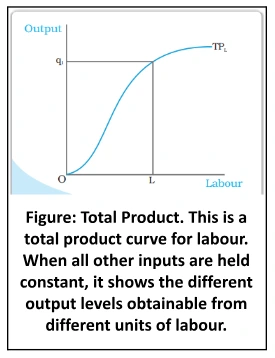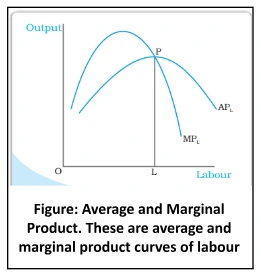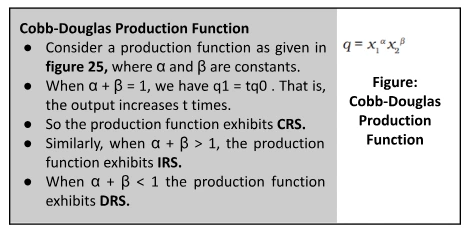![]() 29 Nov 2023
29 Nov 2023
The Law of Diminishing Marginal Product and the Law of Variable Proportions are fundamental principles in economics and production. The Law of Diminishing Marginal Product states that as additional units of a variable input are added to a fixed quantity of other inputs, the marginal product of that variable input will eventually decrease. The Law of Variable Proportions further explores how changes in the combination of inputs can affect production output and efficiency.
| Factor Proportions: Factor proportions: It represent the ratio in which the two inputs are combined to produce output. |


POINTS TO PONDERAccording to the Law of Diminishing Marginal Product, the tendency of the marginal product (MP) to first increase and then fall is called the law of diminishing marginal product. |

In this chapter, we have discussed the problem of variable inputs, output and cost associated with a product in a firm. For different combinations of inputs, the production function shows the maximum quantity of output that can be produced. In the short run, some inputs cannot be varied and in the long run, all inputs can be varied. In order to produce output, the firm chooses least cost input combinations.
Glossary:
|
<div class="new-fform">
</div>
